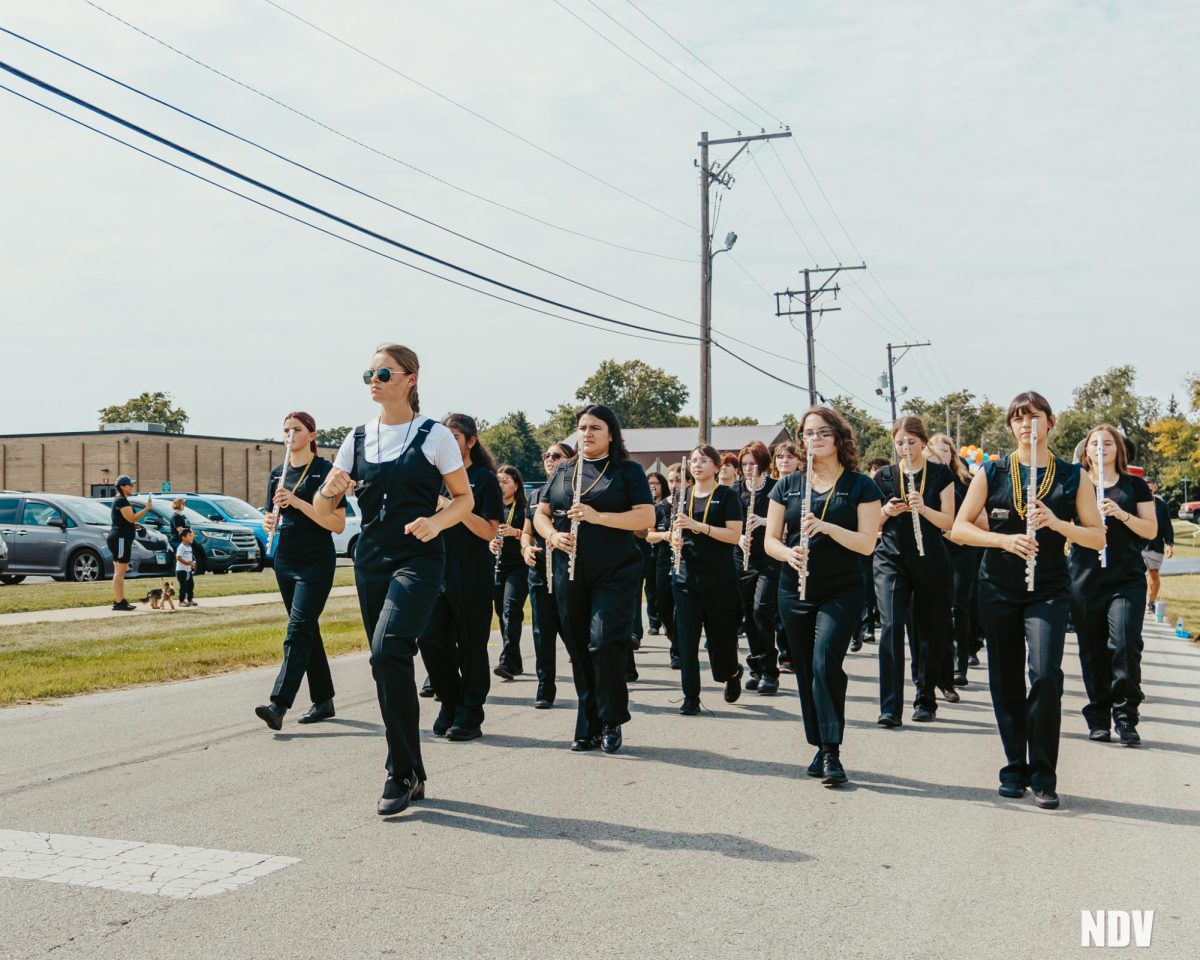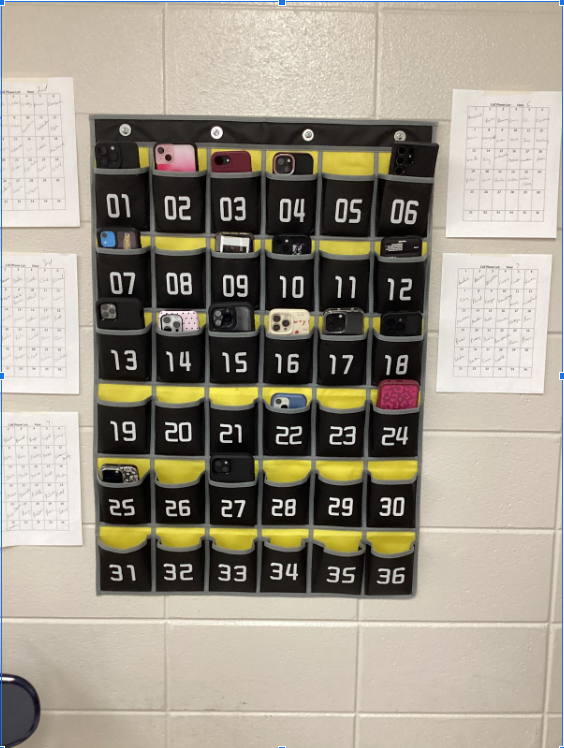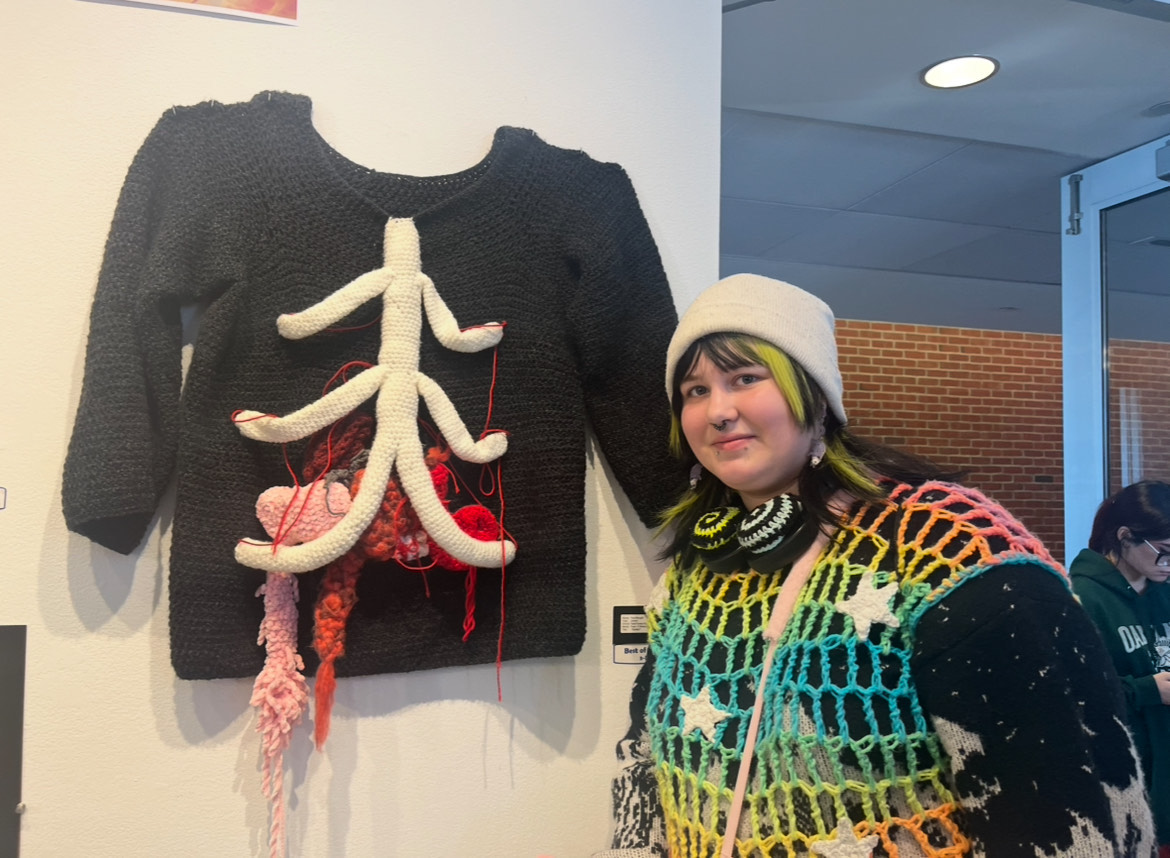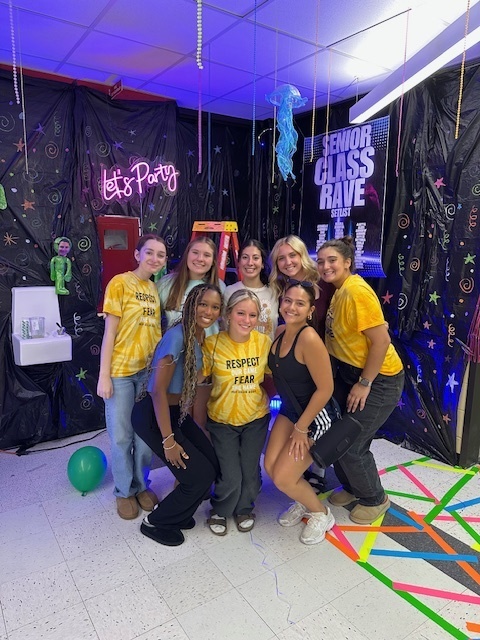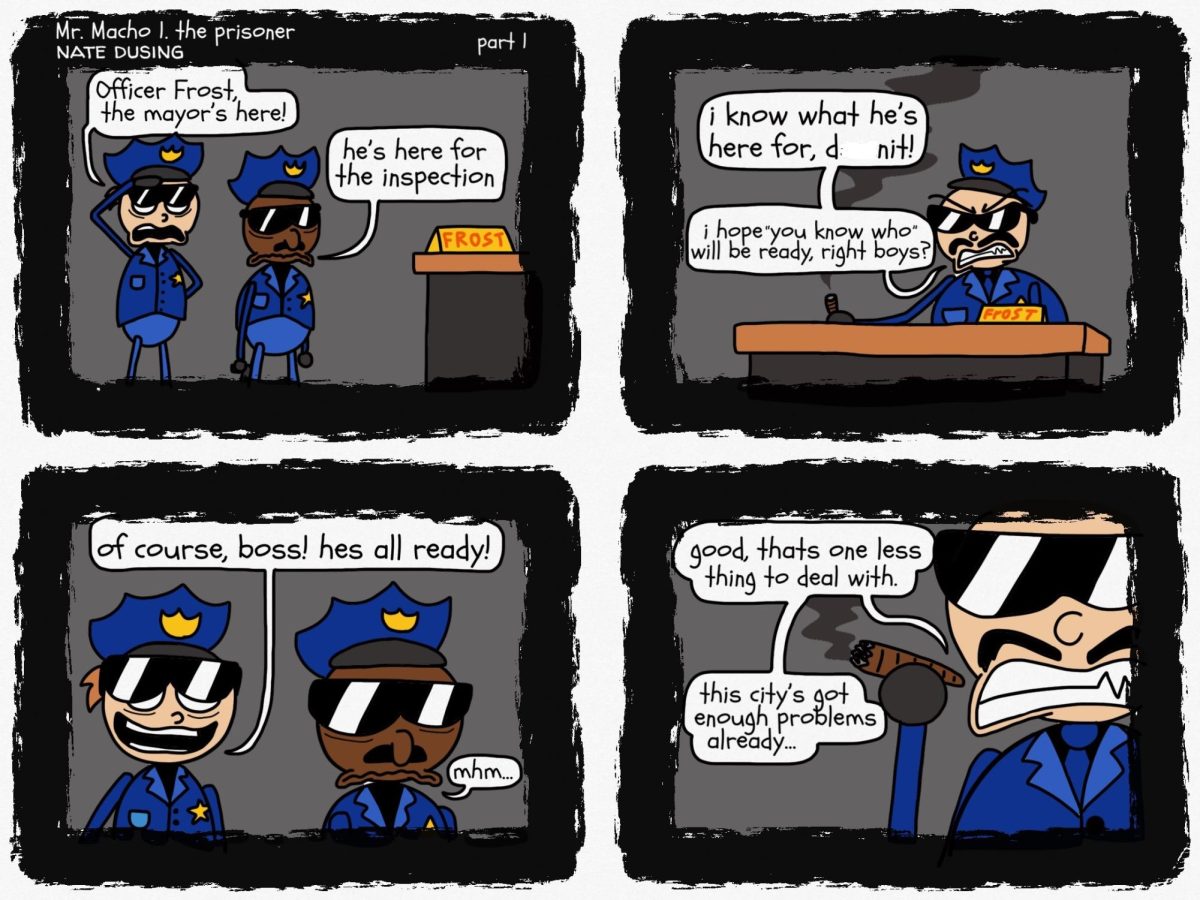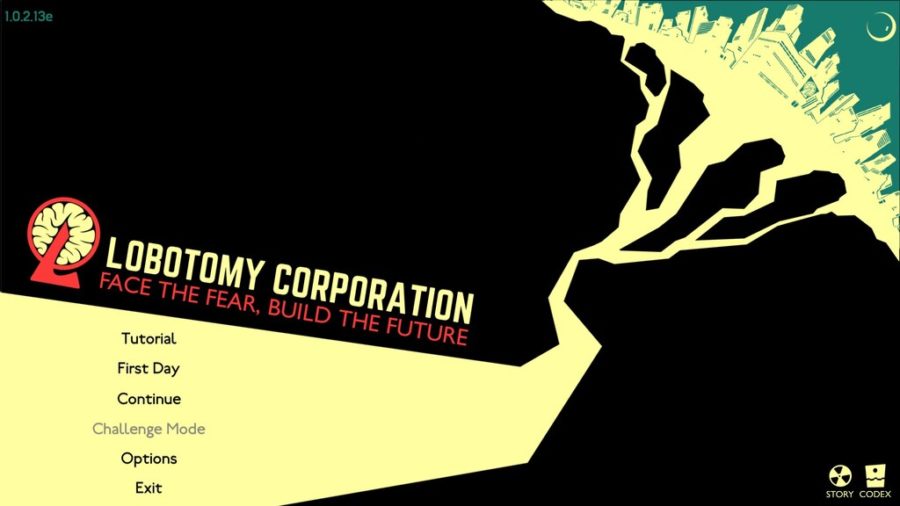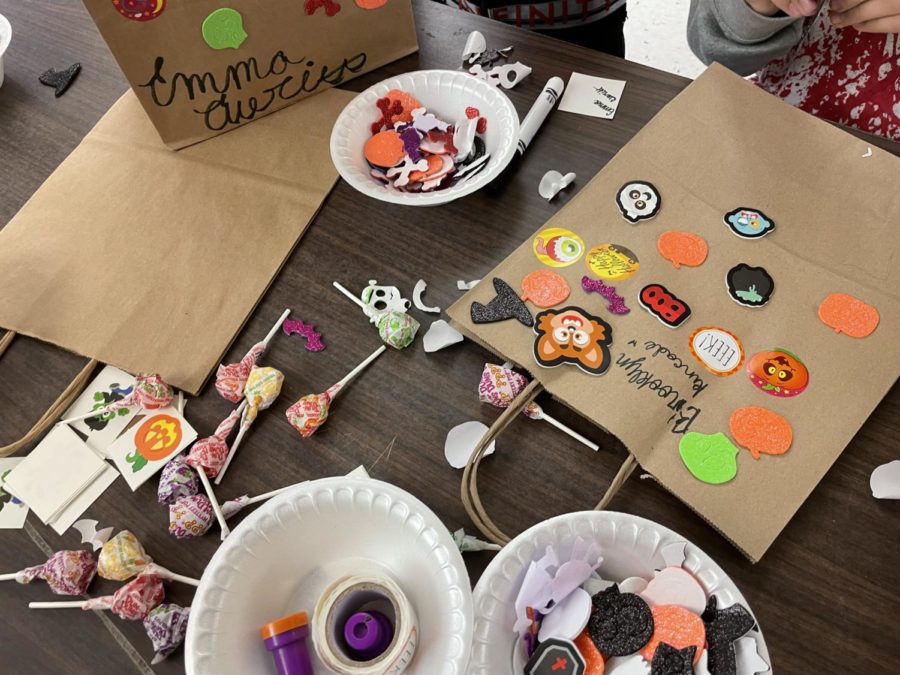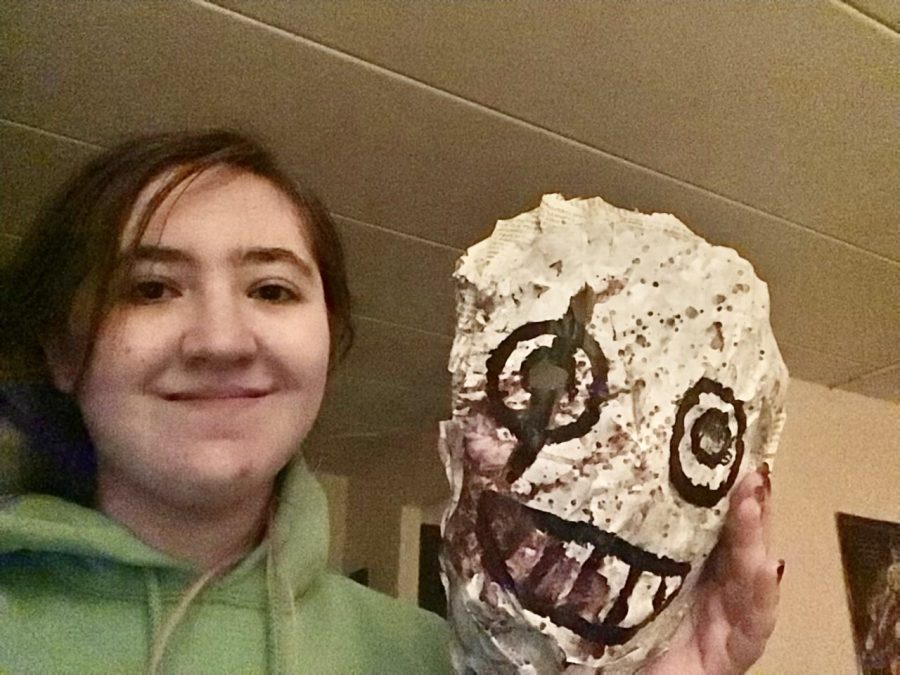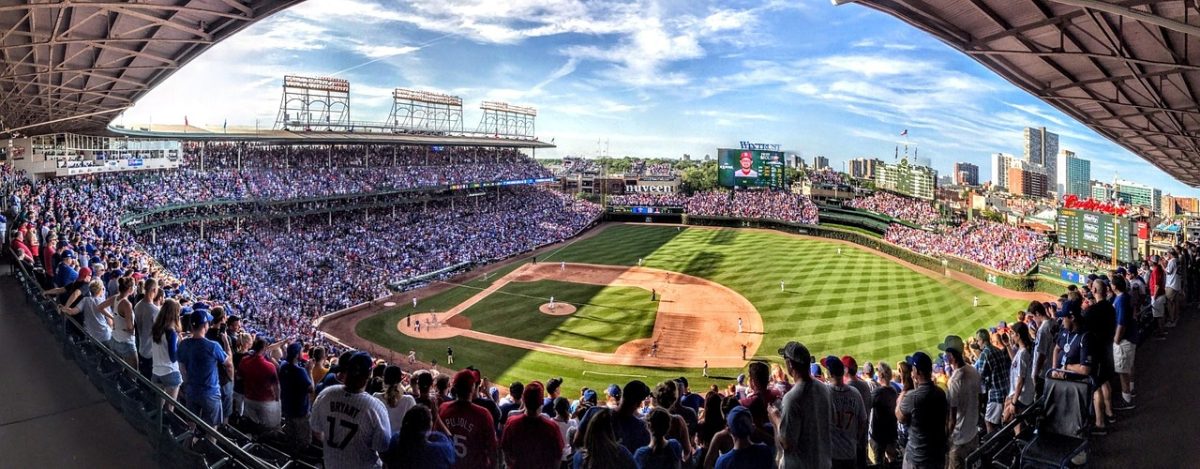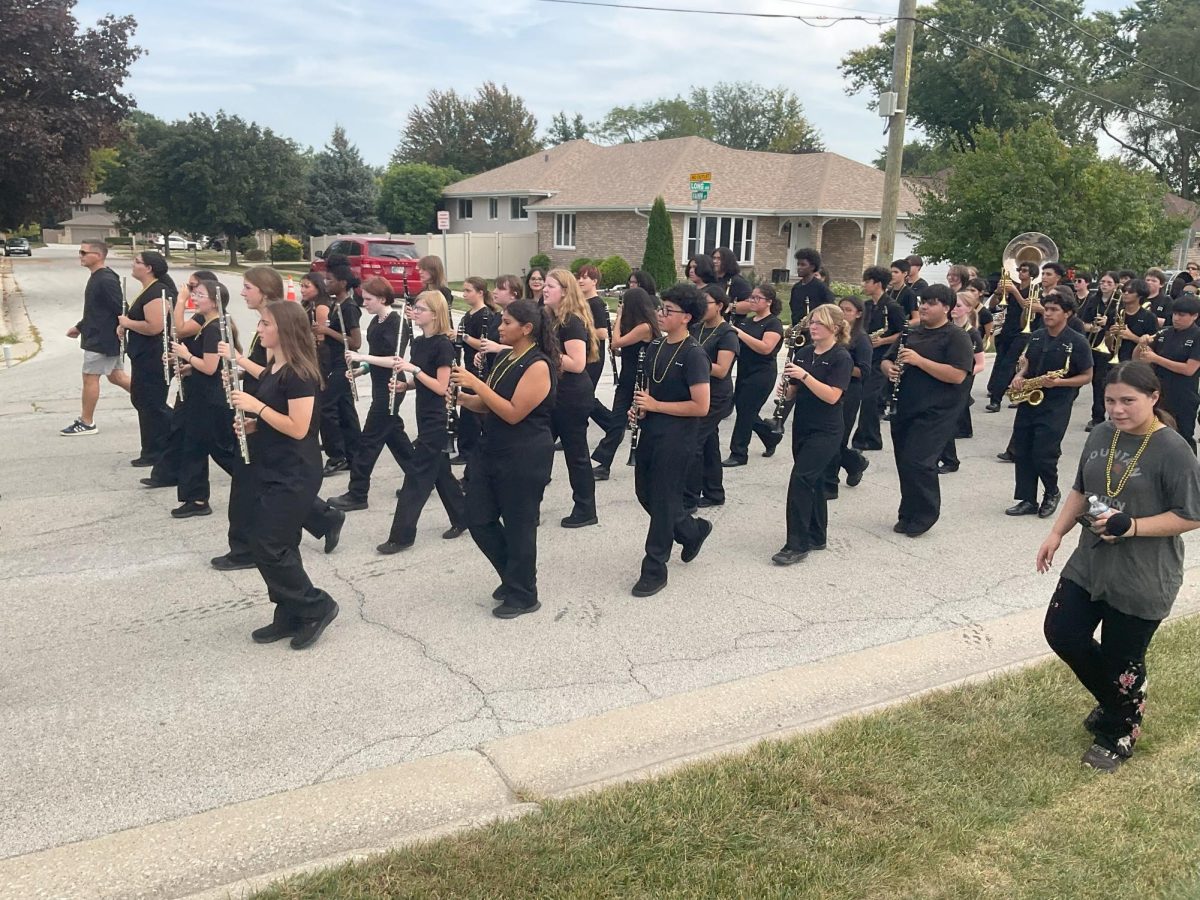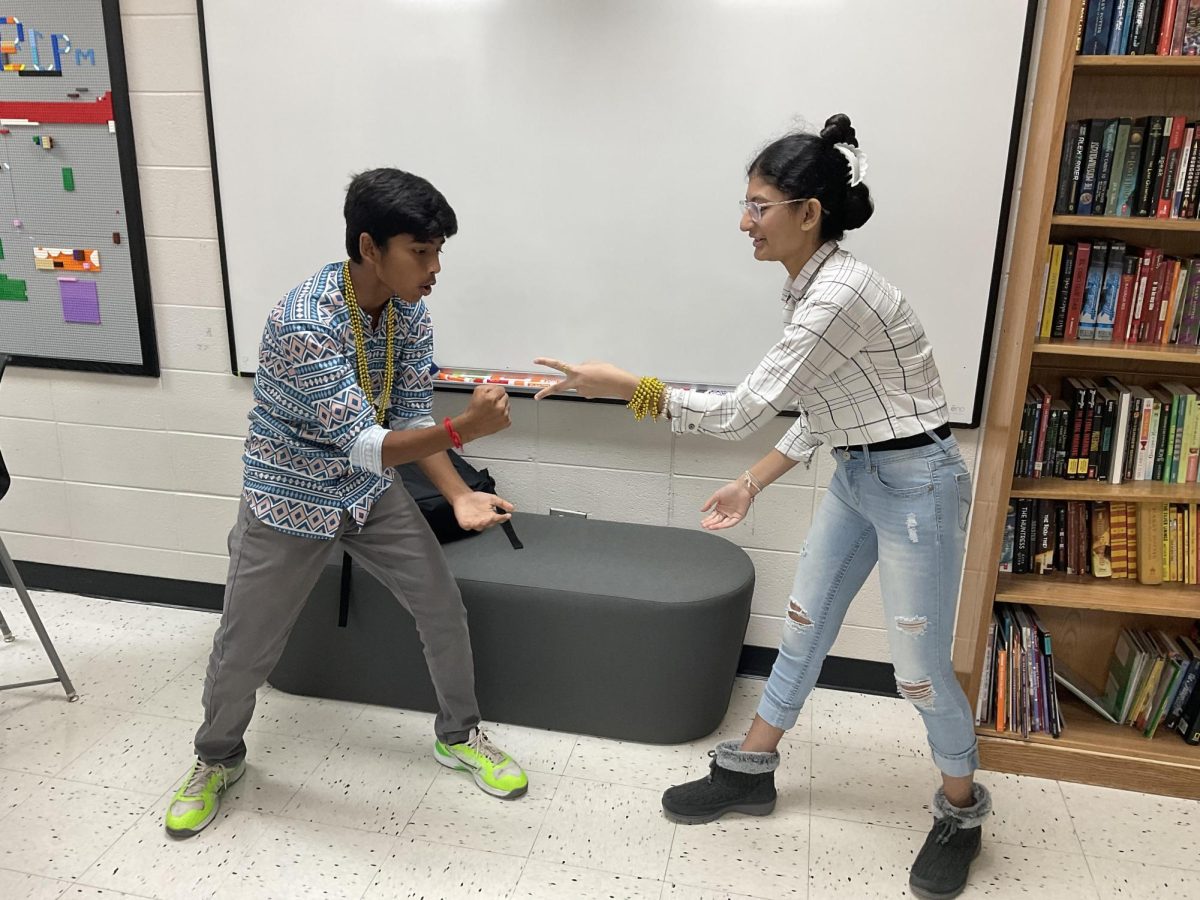On November 1-3, Oak Forest High School’s Drama Club showcased its production of Romeo and Juliet. This adaptation of the play differed from Shakespeare’s original idea. In this adaptation, Verona is a technologically recovering, post-apocalyptic city-state governed by a boy prince. The royal family controls the weapons industry but barely manages to keep the violence of wealthy families such as the Capulets and the Montagues at bay. Tensions between the families and the prince rise as their violence threatens not only the safety of the public but also the social order.
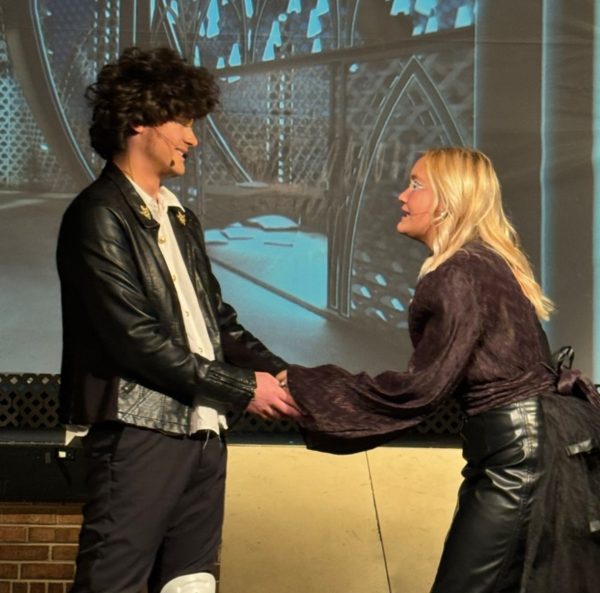
What does this change when it comes to staging the play? For the tech team, many things changed because of the general setting. While most plays rely on the stage, this year’s production used the floor. Consequently, curtains could not signal the change of scenes, and there had to be a projector. Lights going up and down also manipulated the ending or transitions of scenes. The floors of the cafeteria were also much more slippery than the stage, as it wasn’t built for fighting and dancing. Paneled flooring needed to be added to the floor not only for grip but also for aesthetic. Mainly, with the setting being post-apocalyptic, the set itself was meant to be minimalistic but also futuristic. Tech built four moveable ramps that could be raised into arches for different scenes. Along with the four ramps, the crew also built a balcony, which was brought in a few times. With the set consisting of only five pieces and a changing screen, the actors had to convince the audience of their new location.
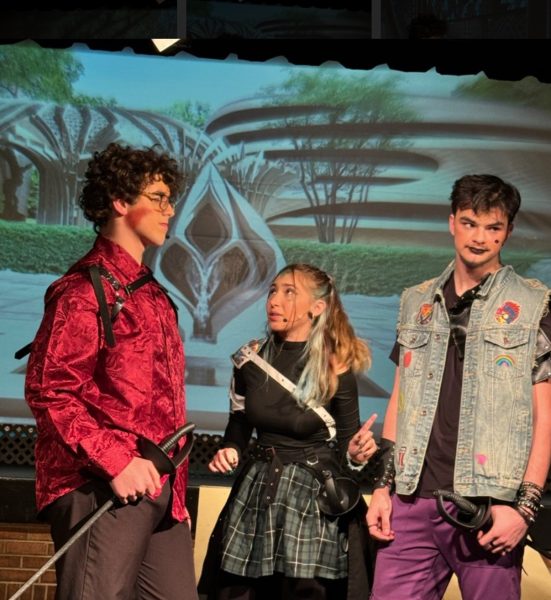
For the actors, there were also some differences that they had to overcome. Because the setting was so futuristic, the costuming wasn’t traditional. All actors wore makeup and bright costumes to try and push the vision of a post-apocalyptic world. The Capulets were adorned in red, while the Montagues wore green. Each actor had a different shape and style of makeup. Some had large shapes, such as lighting bolts or triangles, while others had elaborate eyeliner. Not only was the makeup unique but so was the costuming. Rather than Shakespearean-style outfits, the actors wore costumes that we might see in the future. Along with style, some parts of the original script were changed or taken out entirely to fit the new narrative. For example, instead of the characters writing and sending letters, there were Zoom calls and other technological advancements portrayed throughout the show.
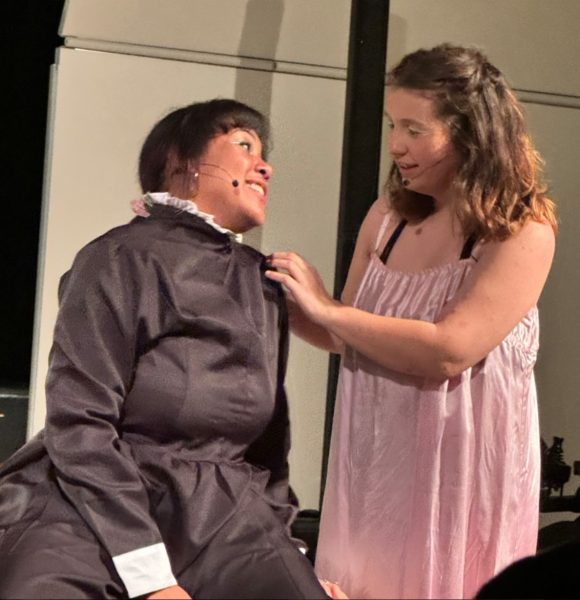
Ultimately, a classic play such as Shakespeare’s Romeo and Juliet will look familiar to a theatrical audience, but it also has endless potential for innovation. This year’s cast and crew grasped that concept; they stepped up and made a familiar story look altogether new.


